Exercise and play are essential components of a baby’s growth and development. They not only support physical health but also stimulate cognitive and emotional well-being. In this article, we will explore the significance of baby exercise and play. We will offer insights into their importance and provide practical guidance for parents.
Baby exercise and play are crucial components of a child’s early development, contributing significantly to their physical, cognitive, and emotional growth. Engaging in regular play and gentle exercises helps to strengthen a baby’s muscles, improve motor skills, and build a sense of curiosity and exploration. These activities also provide valuable opportunities for bonding and communication between parents and their little ones. In this article, we will look into the types of play activities that are suitable for babies. We will also offer tips to include these practices into your daily routine, ensuring your baby has a strong foundation for a healthy and happy childhood.
1. The Importance of Baby Exercise and Play
a. Physical Development
- Physical development includes a baby’s growth in motor skills, muscle strength, and coordination.
- Regular exercise and play support the development of gross and fine motor skills, laying the foundation for physical abilities in the future.
b. Cognitive Stimulation

- Cognitive stimulation engages a baby’s mind, encouraging problem-solving, memory, and learning.
- Playtime helps babies explore their environment, learn cause-and-effect relationships, and develop critical thinking skills.
2. Newborn Baby Exercise and Play
a. Tummy Time
- Tummy time involves placing a newborn baby on their stomach for brief periods to encourage head control and upper body strength.
- Tummy time helps develop neck and back muscles, preparing the baby for rolling over and crawling.
b. Sensory Play
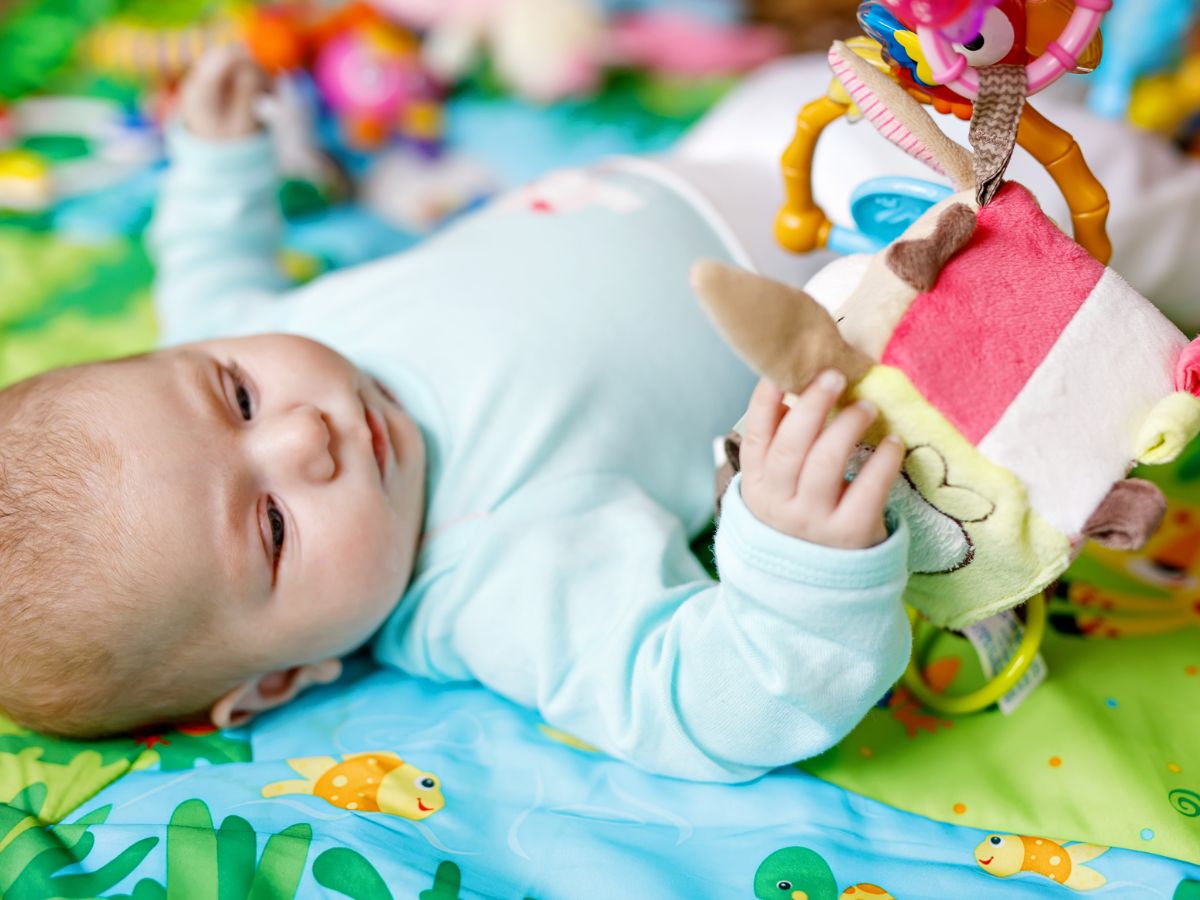
- Sensory play engages babies’ senses, introducing them to different textures, sounds, and visual stimuli.
- Introducing textured toys or playing soft music can stimulate a newborn’s senses and promote sensory exploration.
3. Baby Exercise and Play for Infants
a. Interactive Play
- Interactive play involves engaging infants through peek-a-boo, cooing, and responding to their expressions.
- Interactive play builds emotional bonding, communication skills, and social development.
b. Exploratory Play
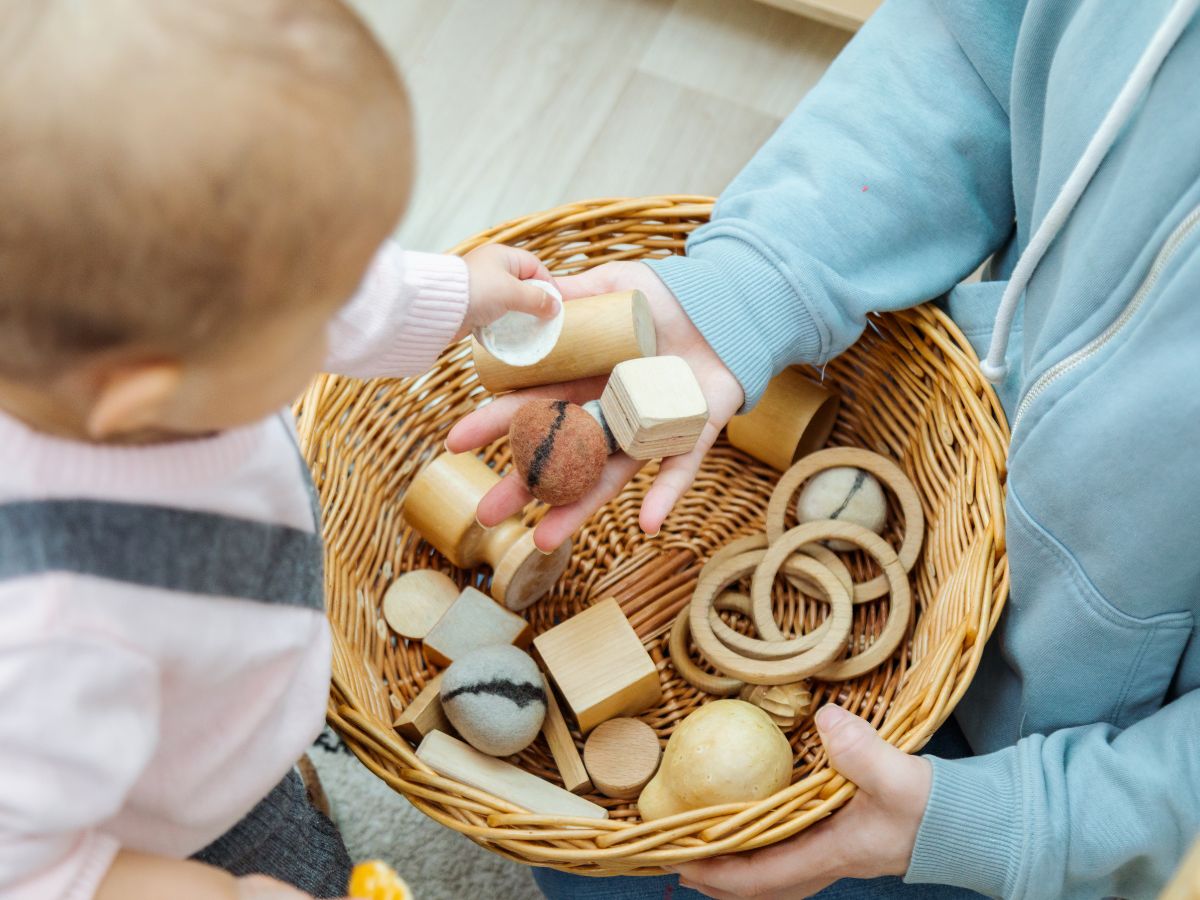
- Exploratory play encourages infants to explore their surroundings and manipulate objects.
- Activities like supervised floor time with age-appropriate toys allow infants to build dexterity and stimulate curiosity.
4. Baby Exercise and Play for Crawlers and Toddlers
a. Physical Activity
- Physical activity for crawlers and toddlers includes crawling, cruising, and early walking.
- These movements help develop gross motor skills, balance, and coordination.
b. Creative Play
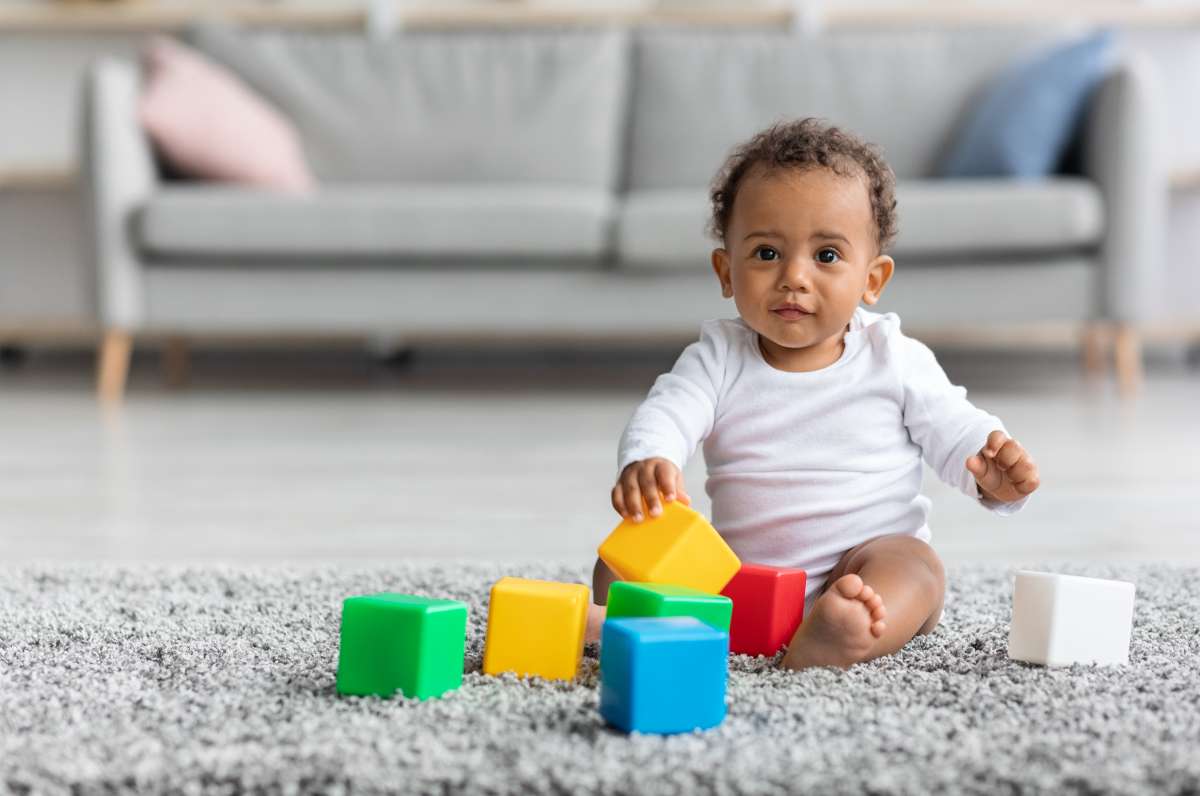
- Creative play involves painting, building with blocks, or pretend play.
- Imaginative play nurtures imagination, problem-solving skills, and self-expression.
5. Bonding and Emotional Development
a. Parent-Child Bond
- The parent-child bond is the emotional connection between a caregiver and a baby.
- Playtime and exercise strengthen this bond, enhancing trust and security for the child.
b. Emotional Expression
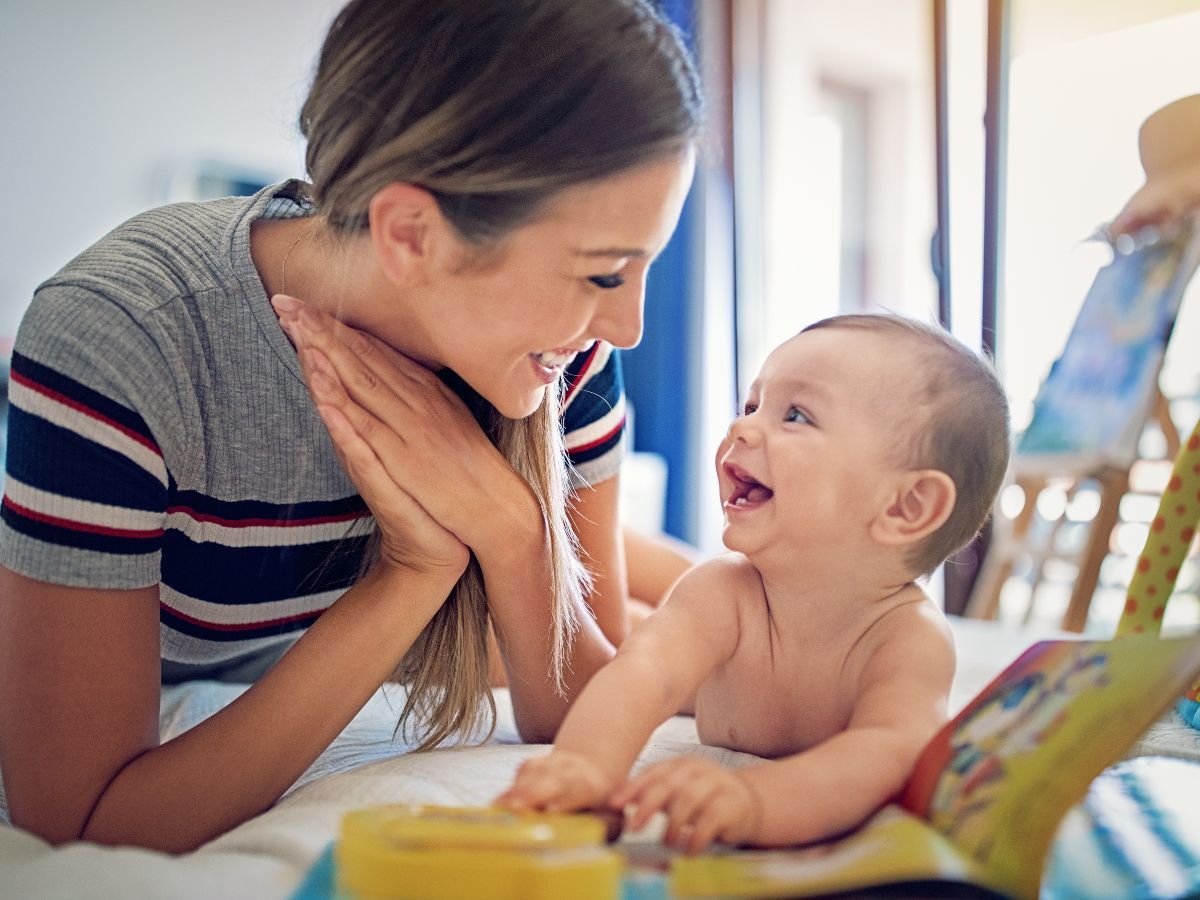
- Emotional expression involves the ability of a baby to convey their feelings and needs.
- Playing and exercise help babies learn to express emotions and communicate their desires.
6. Safe and Age-Appropriate Activities
a. Supervision
- Supervision refers to the constant watchful presence of a responsible adult during baby exercise and play.
- It is important to ensure the baby’s safety and prevent accidents or injuries during playtime.
b. Age-Appropriate Toys
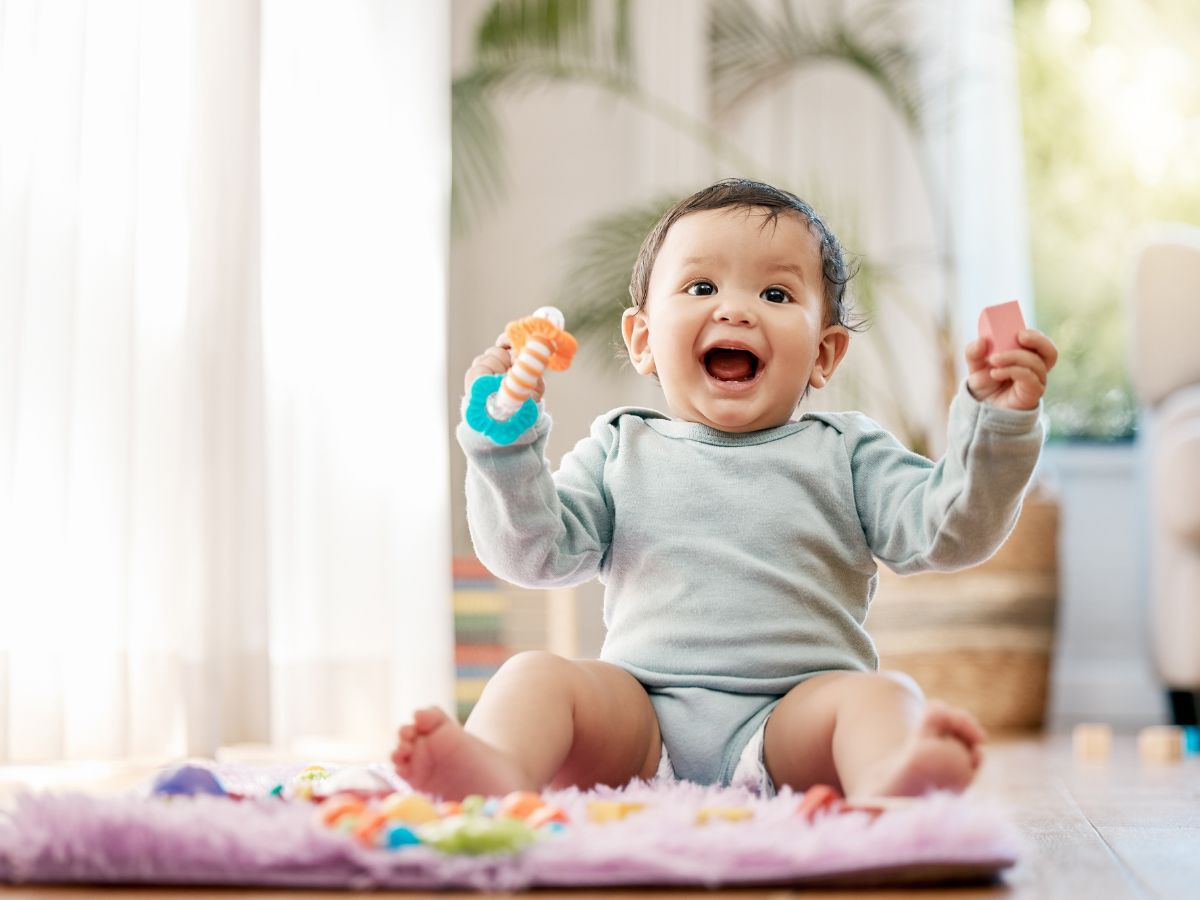
- Age-appropriate toys are playthings designed for a specific developmental stage to ensure safety and engagement.
- These toys are designed to meet a baby’s physical and cognitive abilities, minimizing choking hazards and maximizing educational value.
7. Creating a Playful Environment
a. Designated Play Space
- A designated play space is an area in the home specifically allocated for baby exercise and play.
- This space should be safe, hazard-free, and with age-appropriate toys and activities.
b. Variety of Activities
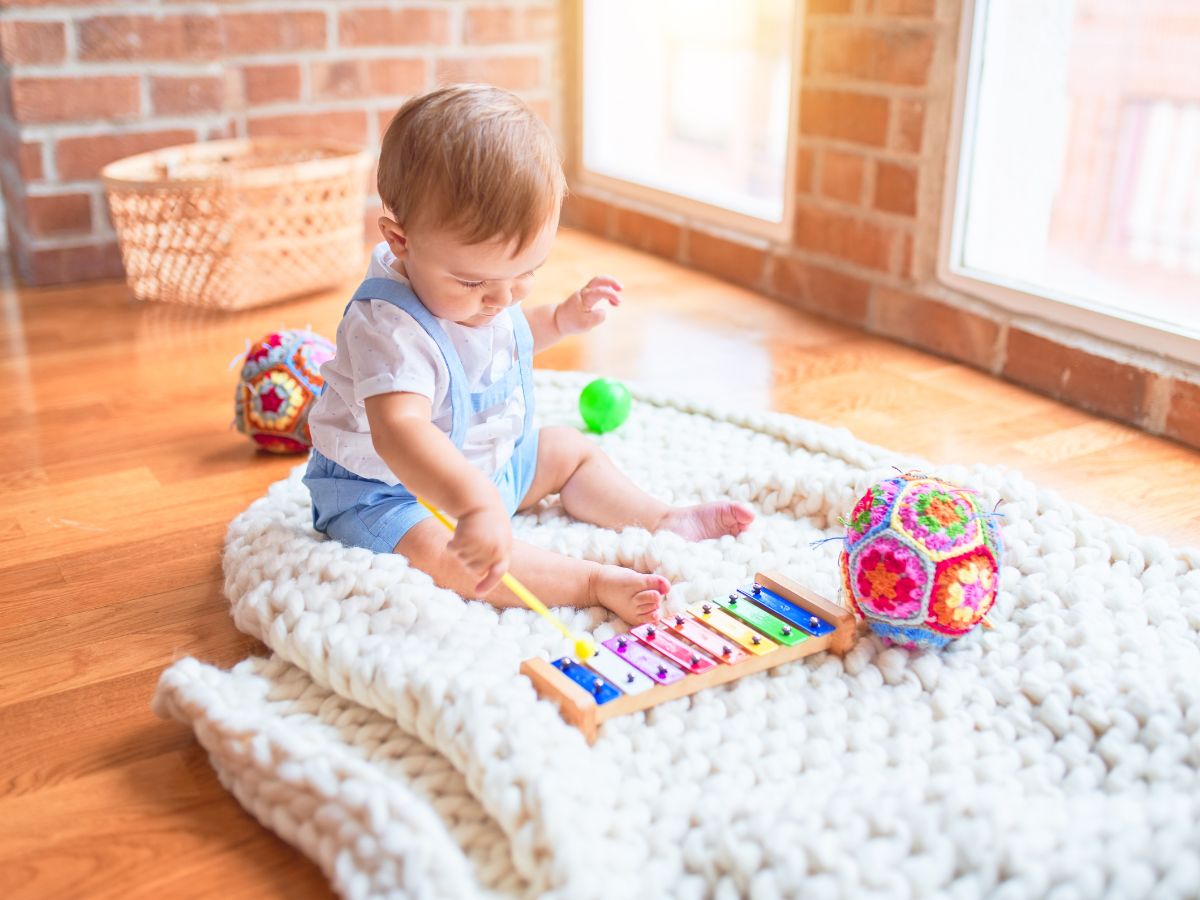
- A variety of activities involves offering a mix of play and exercise options to keep a baby engaged and stimulated.
- Rotating activities and toys ensures that a baby does not become bored and remains mentally and physically active.
8. Setting a Routine
a. Consistent Schedule
- A consistent schedule involves establishing regular times for exercise and play each day.
- Routine provides structure and predictability for a baby, making them feel secure and comfortable.
b. Sleep Considerations

- Consideration of sleep patterns ensures that play and exercise do not interfere with a baby’s nap and bedtime.
- Proper sleep is essential for a baby’s health and well-being.
9. The Role of Caregivers
a. Active Participation
- Careful participation means engaging in baby exercise and play providing interaction and support.
- Caregivers are crucial in guiding and facilitating a baby’s play and exercise activities.
b. Observing Developmental Milestones

- Observing developmental milestones involves tracking a baby’s progress. This progress is measured in terms of motor skills, communication, and emotional development.
- Recognizing and supporting these milestones is essential in providing age-appropriate play and exercise opportunities.
In conclusion, baby exercise and play are integral to a child’s growth and development. These activities promote physical, cognitive, and emotional well-being and are crucial for building a strong parent-child bond. By providing safe play spaces, age-appropriate activities, and routines, parents can ensure that their baby benefits from the joys of play from the beginning of life.
